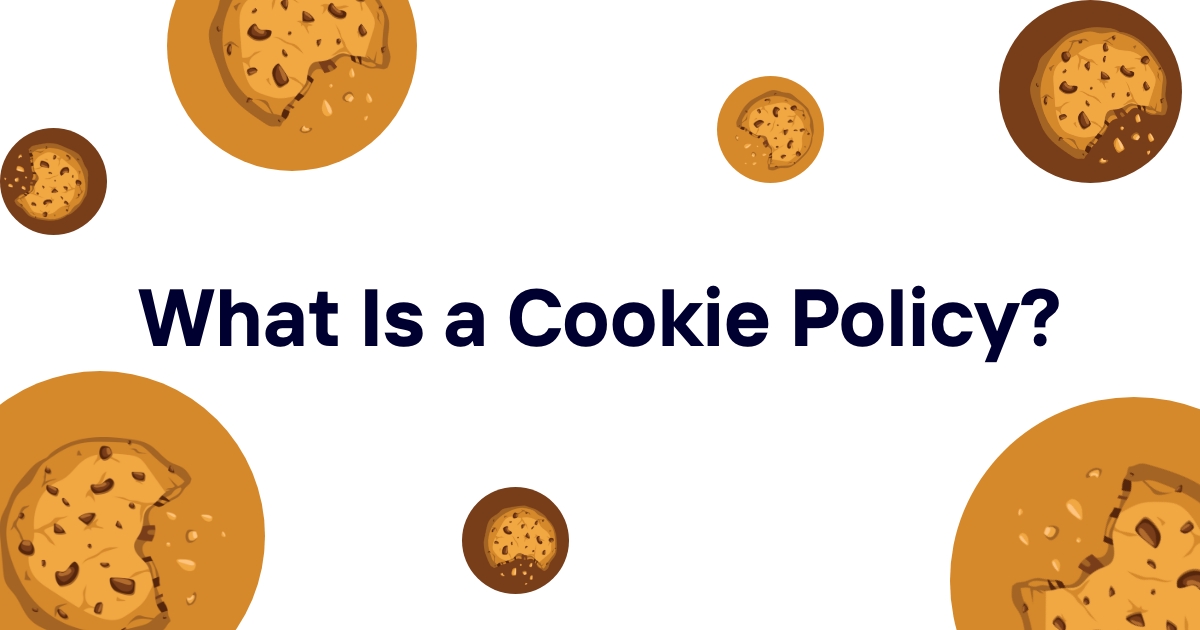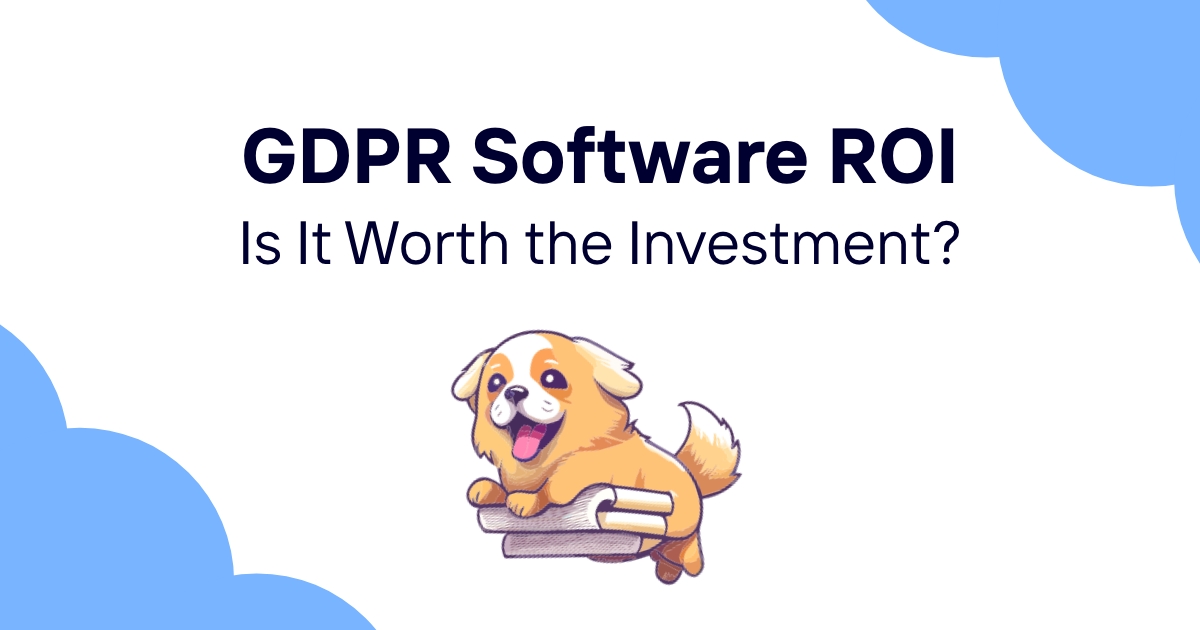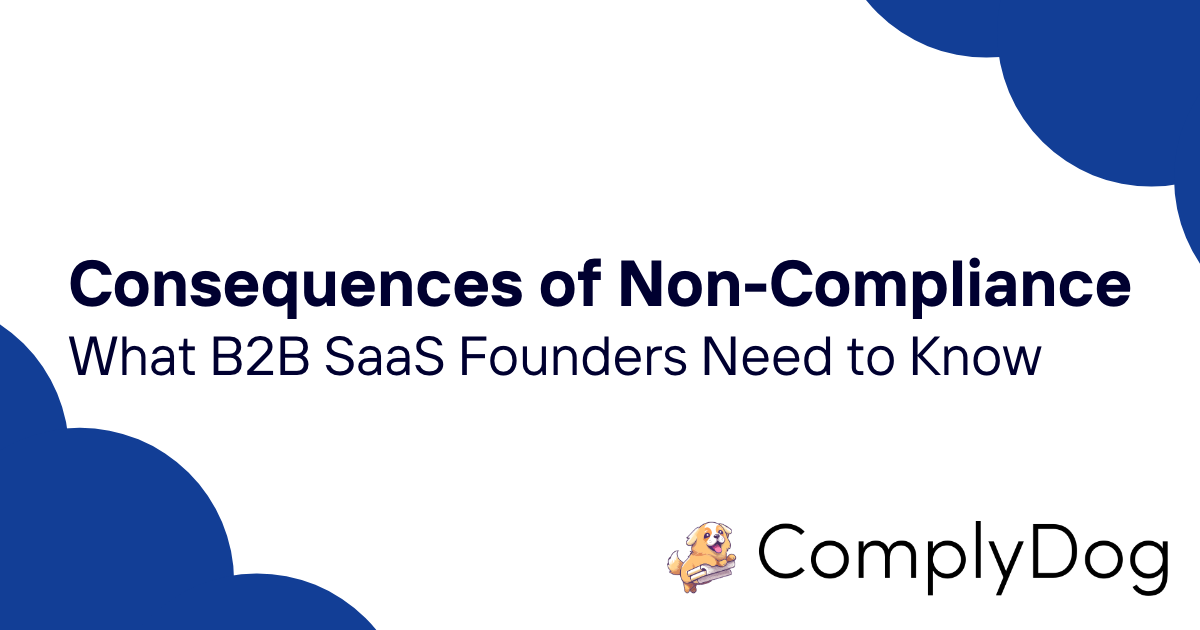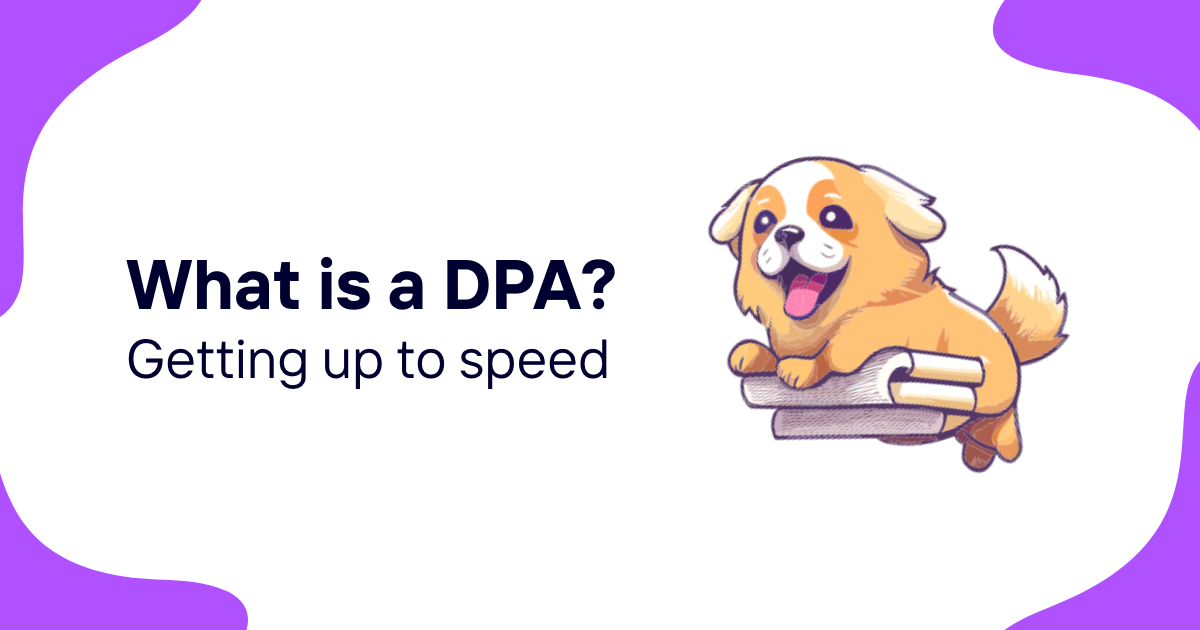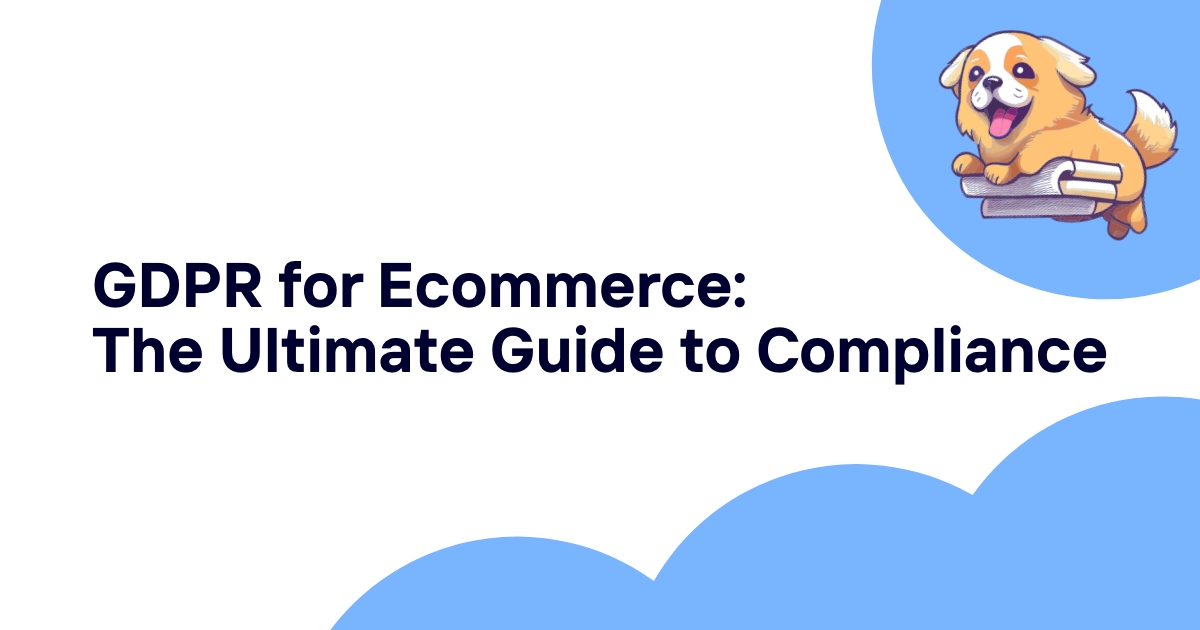A cookie policy is a crucial document for any website that uses cookies to collect and process user data. It informs visitors about the types of cookies used, what information they collect, how that data is used, and provides options for managing cookie preferences. In today's privacy-conscious digital landscape, having a clear and comprehensive cookie policy is not just a best practice - it's often a legal requirement.
Table of Contents
- Introduction to Cookie Policies
- What Are Cookies?
- Types of Cookies
- Why You Need a Cookie Policy
- Legal Requirements for Cookie Policies
- Key Components of a Cookie Policy
- How to Create a Cookie Policy
- Implementing Your Cookie Policy
- Managing and Updating Your Cookie Policy
- Cookie Policies and User Trust
- Common Mistakes to Avoid
- Tools and Resources for Cookie Compliance
- Conclusion
Introduction to Cookie Policies
Cookie policies have become an integral part of website compliance and user privacy protection. As internet users become more aware of data collection practices, and as regulations like the GDPR and CCPA take effect, it's essential for website owners to be transparent about their use of cookies.
A well-crafted cookie policy serves multiple purposes:
- It informs users about the data being collected through cookies
- It explains how this data is used and shared
- It provides users with options to control their cookie preferences
- It helps businesses comply with data protection laws
In this comprehensive guide, we'll explore what cookie policies are, why they're important, and how to create and implement an effective cookie policy for your website.
What Are Cookies?
Before diving into cookie policies, it's important to understand what cookies actually are. Cookies are small text files that websites place on a user's device when they visit. These files contain information that can be retrieved by the website on subsequent visits. Cookies serve various functions, such as:
- Remembering user preferences
- Keeping items in a shopping cart
- Tracking user behavior for analytics
- Enabling personalized advertising
While cookies can enhance user experience and provide valuable data for businesses, they also raise privacy concerns. This is where cookie policies come into play, providing transparency and control over cookie usage.
Types of Cookies
Not all cookies are created equal. Understanding the different types of cookies is crucial for creating an accurate and informative cookie policy. Here are the main categories:
-
Session Cookies: These temporary cookies are deleted when the user closes their browser. They're often used to remember items in a shopping cart or to keep a user logged in during their visit.
-
Persistent Cookies: These cookies remain on the user's device for a set period or until manually deleted. They're used for remembering preferences or login information across sessions.
-
First-Party Cookies: Set by the website the user is visiting, these cookies are generally considered more acceptable from a privacy standpoint.
-
Third-Party Cookies: Set by domains other than the one the user is visiting, often for advertising or tracking purposes across different websites.
-
Strictly Necessary Cookies: Essential for the website to function properly, these cookies don't require user consent in many jurisdictions.
-
Performance Cookies: Used to collect anonymous data on how visitors use a website, often for analytics purposes.
-
Functionality Cookies: Enable enhanced functionality and personalization, such as remembering language preferences.
-
Targeting/Advertising Cookies: Used to track visitors across websites to display relevant advertisements.
Your cookie policy should clearly explain which types of cookies your website uses and for what purposes.
Why You Need a Cookie Policy
Implementing a cookie policy on your website is crucial for several reasons:
-
Legal Compliance: Many data protection laws, including the GDPR in the EU and the CCPA in California, require websites to inform users about cookie usage and obtain consent where necessary.
-
Transparency: A cookie policy demonstrates your commitment to transparency and respect for user privacy, which can build trust with your audience.
-
User Control: By informing users about cookies and providing options to manage preferences, you empower them to make informed decisions about their data.
-
Risk Mitigation: A clear cookie policy can help protect your organization from potential legal issues and fines related to data protection violations.
-
Improved User Experience: When users understand how their data is being used, they're more likely to feel comfortable using your website and its features.
Failing to have a proper cookie policy in place can lead to legal consequences, damage to your reputation, and loss of user trust.
Legal Requirements for Cookie Policies
The legal landscape surrounding cookie policies is complex and varies by jurisdiction. However, some key regulations have set the standard for cookie compliance:
GDPR (General Data Protection Regulation)
The GDPR, which applies to organizations handling EU residents' data, requires:
- Clear and comprehensive information about cookie usage
- Active, informed consent for non-essential cookies
- Easy opt-out options for users
- Regular updates to the cookie policy
CCPA (California Consumer Privacy Act)
While less strict than the GDPR, the CCPA requires businesses to:
- Inform users about the categories of personal information collected
- Disclose the purposes for which the information is used
- Provide a "Do Not Sell My Personal Information" option
ePrivacy Directive (Cookie Law)
This EU directive specifically addresses cookies and requires:
- Informing users about cookie usage
- Obtaining consent before setting non-essential cookies
- Providing clear information on how to withdraw consent
When creating your cookie policy, it's essential to consider all applicable laws and regulations that may affect your website and users.
Key Components of a Cookie Policy
An effective cookie policy should include the following elements:
-
Introduction: Explain what cookies are and why your website uses them.
-
Types of Cookies Used: List and describe the categories of cookies your site employs.
-
Purpose of Cookies: Clearly state how each type of cookie is used on your website.
-
Third-Party Cookies: If applicable, explain which third parties may place cookies and for what purposes.
-
Cookie Duration: Provide information on how long each type of cookie remains active.
-
User Controls: Explain how users can manage their cookie preferences, including how to opt-out or disable cookies.
-
Data Sharing: Disclose if and how cookie data is shared with third parties.
-
Policy Updates: Inform users how they will be notified of any changes to the cookie policy.
-
Contact Information: Provide a way for users to reach out with questions or concerns about your cookie practices.
-
Consent Mechanism: Describe how you obtain and record user consent for cookie usage.
Here's an example of how you might structure the cookie types and purposes section:
| Cookie Type | Purpose | Duration |
|---|---|---|
| Strictly Necessary | Enable core website functionality | Session |
| Performance | Analyze site usage for improvement | 1 year |
| Functionality | Remember user preferences | 6 months |
| Targeting/Advertising | Deliver personalized ads | 30 days |
How to Create a Cookie Policy
Creating a comprehensive cookie policy involves several steps:
-
Audit Your Cookies: Conduct a thorough inventory of all cookies used on your website, including those set by third-party services.
-
Categorize Cookies: Group your cookies by type and purpose, as outlined in the previous sections.
-
Research Applicable Laws: Determine which data protection regulations apply to your website based on your audience and business operations.
-
Draft the Policy: Write a clear, concise policy that covers all the key components mentioned earlier. Use plain language that's easy for the average user to understand.
-
Include Opt-Out Instructions: Provide detailed instructions on how users can manage their cookie preferences, including how to opt-out of non-essential cookies.
-
Review and Refine: Have your legal team or a privacy professional review the policy to ensure compliance with relevant laws.
-
Translate if Necessary: If your website caters to a multilingual audience, translate the cookie policy into all relevant languages.
-
Plan for Updates: Establish a process for regularly reviewing and updating your cookie policy as your website and cookie usage evolve.
Remember, your cookie policy should be easily accessible from every page of your website, typically through a link in the footer or privacy center.
Implementing Your Cookie Policy
Once you've created your cookie policy, proper implementation is crucial:
-
Cookie Consent Banner: Display a prominent cookie consent banner when users first visit your site. This banner should:
- Briefly explain cookie usage
- Provide a link to your full cookie policy
- Offer options to accept all cookies, reject non-essential cookies, or customize preferences
-
Preference Center: Create a cookie preference center where users can manage their choices in detail.
-
Policy Accessibility: Ensure your full cookie policy is easily accessible from all pages of your website.
-
Technical Implementation: Configure your website to respect user choices, only setting cookies that align with their preferences.
-
Staff Training: Educate your team about the importance of cookie compliance and how to address user inquiries.
-
Documentation: Keep records of user consents and preference changes to demonstrate compliance.
Managing and Updating Your Cookie Policy
A cookie policy isn't a "set it and forget it" document. It requires ongoing management:
-
Regular Audits: Conduct periodic reviews of the cookies used on your website to ensure your policy remains accurate.
-
Update for Changes: Revise your policy whenever you introduce new cookies or change how existing cookies are used.
-
Monitor Regulations: Stay informed about changes in data protection laws that might affect your cookie practices.
-
User Feedback: Be responsive to user questions or concerns about your cookie policy, using this feedback to improve clarity and transparency.
-
Version Control: Maintain a record of policy changes and inform users of significant updates.
Cookie Policies and User Trust
A well-implemented cookie policy can significantly impact user trust:
-
Transparency: Clear information about data collection practices demonstrates respect for user privacy.
-
Control: Giving users easy ways to manage their preferences shows that you value their choices.
-
Education: Your policy can help educate users about online privacy, positioning your brand as a responsible digital citizen.
-
Brand Reputation: A comprehensive, user-friendly cookie policy can enhance your overall brand image.
By prioritizing transparency and user control in your cookie practices, you can build stronger, more trusting relationships with your website visitors.
Common Mistakes to Avoid
When creating and implementing a cookie policy, be sure to avoid these common pitfalls:
-
Using Overly Technical Language: Your policy should be understandable to the average user, not just tech experts.
-
Neglecting to Update: Failing to keep your policy current with your actual cookie usage can lead to compliance issues.
-
Burying the Policy: Make sure your cookie policy is easily accessible, not hidden in lengthy terms of service.
-
Ignoring User Choices: Ensure your website's technical implementation respects the preferences users set.
-
Assuming One-Size-Fits-All: Different regions may have different requirements; tailor your policy accordingly.
-
Overlooking Third-Party Cookies: Don't forget to address cookies set by third-party services you use.
-
Lack of Consent Records: Failing to properly record and store user consent can create legal vulnerabilities.
Tools and Resources for Cookie Compliance
Managing cookie compliance can be complex, but several tools and resources can help:
-
Cookie Consent Managers: Tools like OneTrust, Cookiebot, or ComplyDog can help implement consent banners and preference centers.
-
Cookie Scanners: These tools can automatically detect and categorize cookies on your website.
-
Policy Generators: While not a substitute for legal advice, policy generators can provide a starting point for drafting your cookie policy.
-
Compliance Checklists: Many organizations provide checklists to help ensure you've covered all aspects of cookie compliance.
-
Legal Resources: Websites like IAPP (International Association of Privacy Professionals) offer valuable information on data protection regulations.
-
Professional Services: Consider consulting with privacy professionals or legal experts for complex compliance needs.
Conclusion
A comprehensive, clear, and accessible cookie policy is an essential component of any modern website. It not only helps ensure legal compliance but also demonstrates respect for user privacy and builds trust with your audience. By understanding the types of cookies you use, staying informed about relevant regulations, and maintaining transparency in your data practices, you can create a cookie policy that serves both your business needs and your users' rights to privacy and informed choice.
Remember, cookie compliance is an ongoing process. Regularly review and update your policy, stay attuned to changes in the regulatory landscape, and always prioritize user privacy and choice in your website operations. With a well-implemented cookie policy, you can navigate the complex world of online privacy while building stronger relationships with your users. Complydog's cookie widget is here to help you become cookie compliant.
